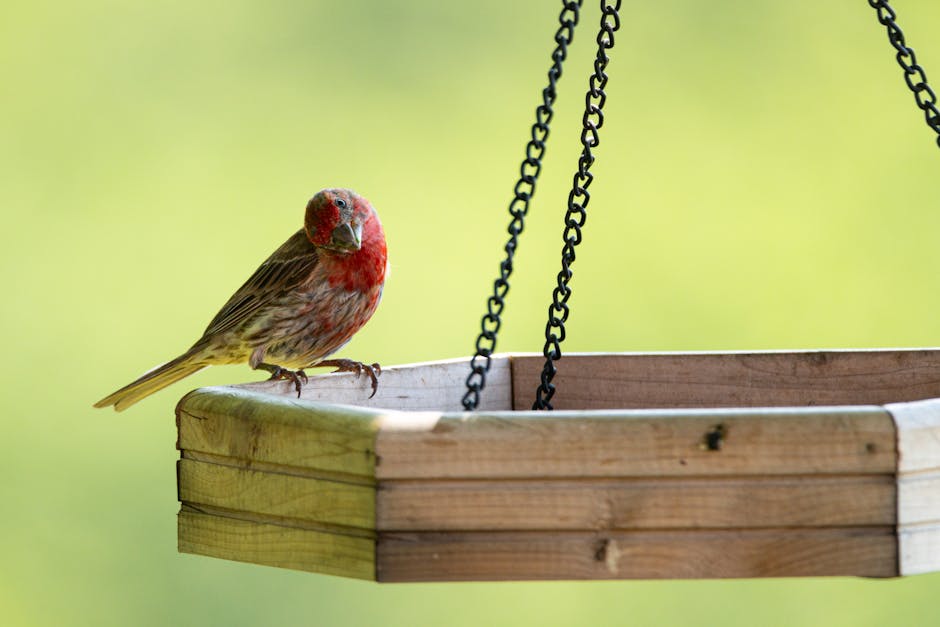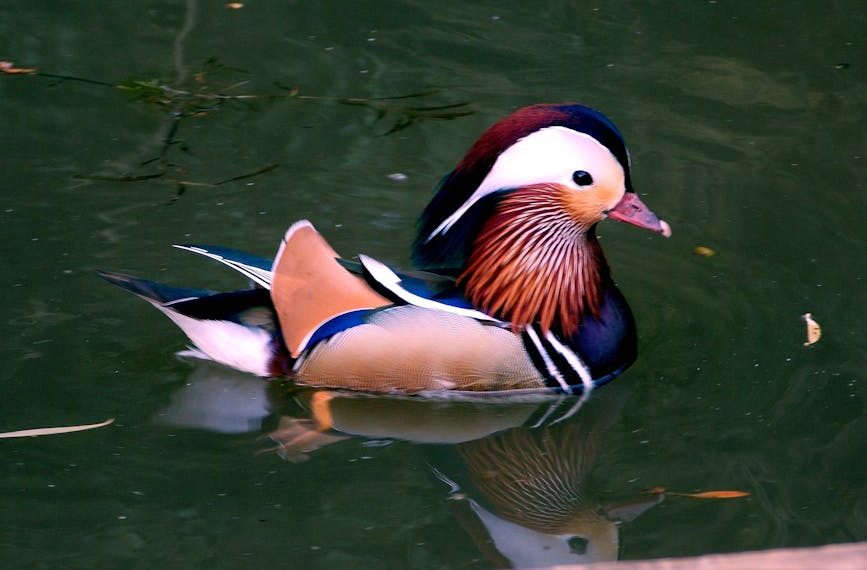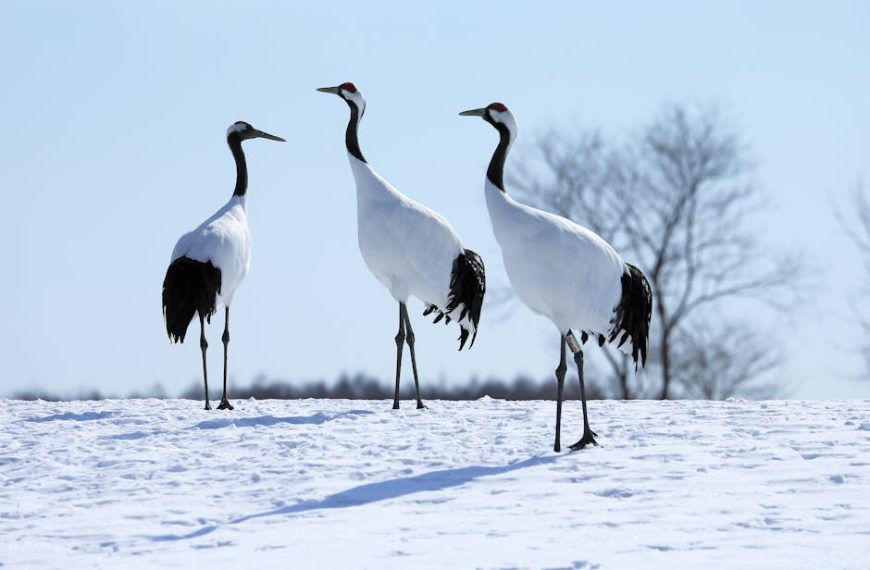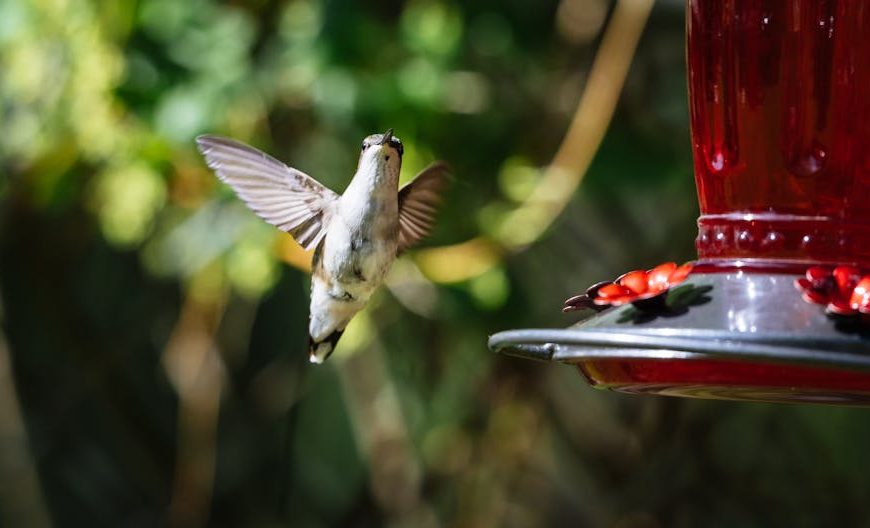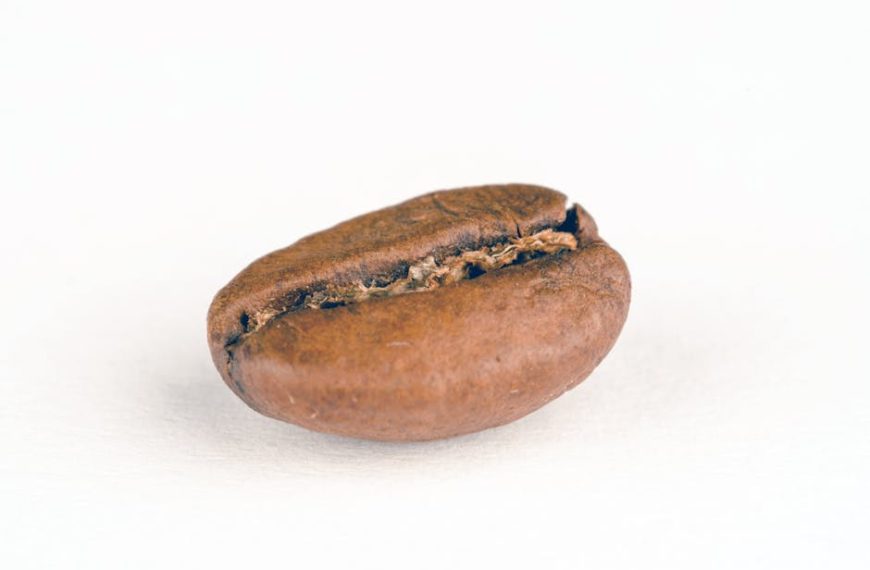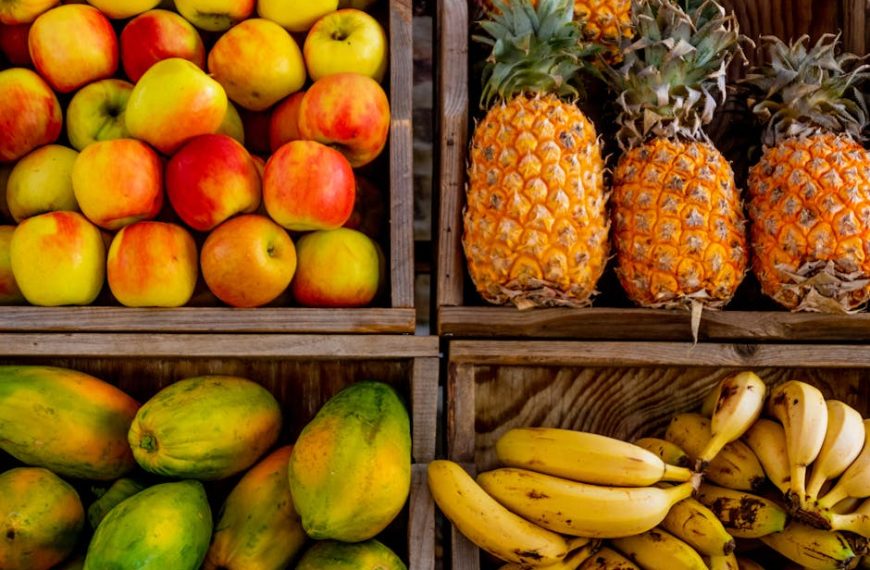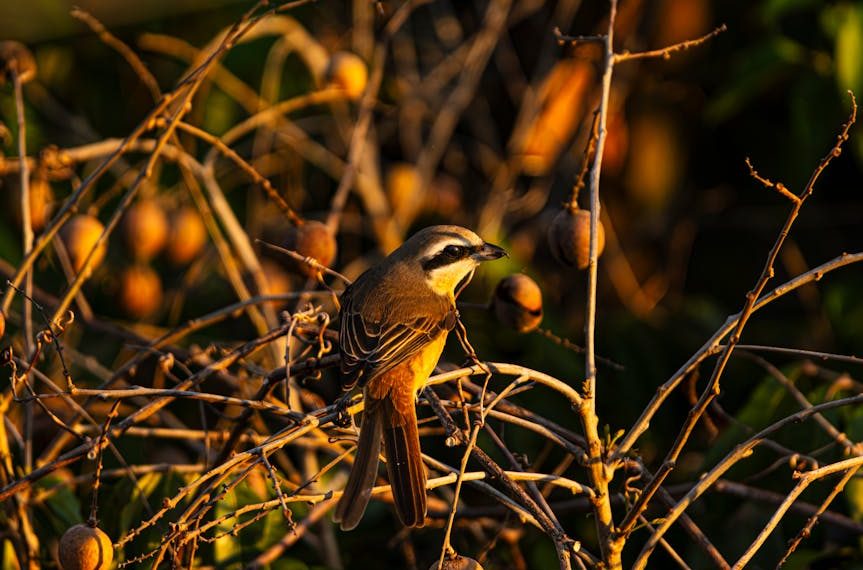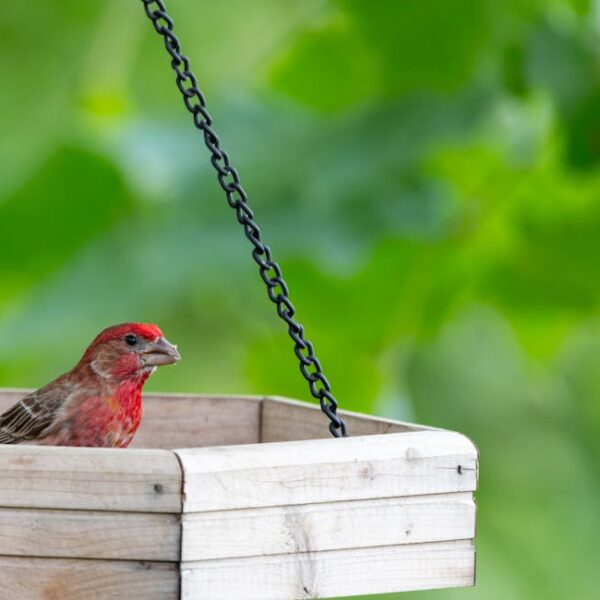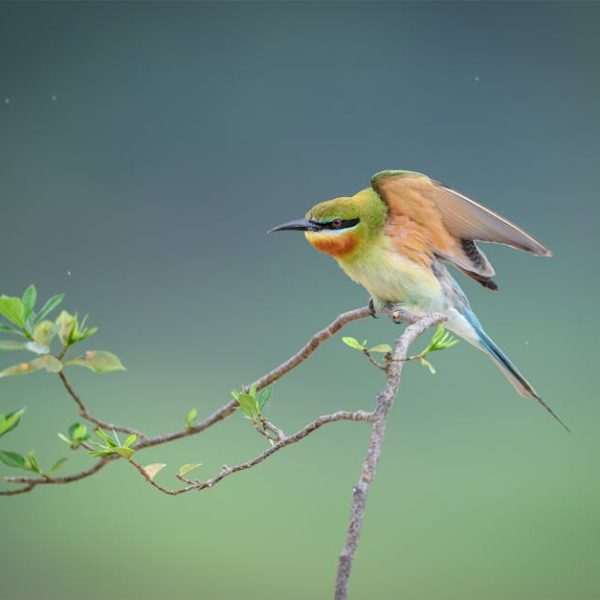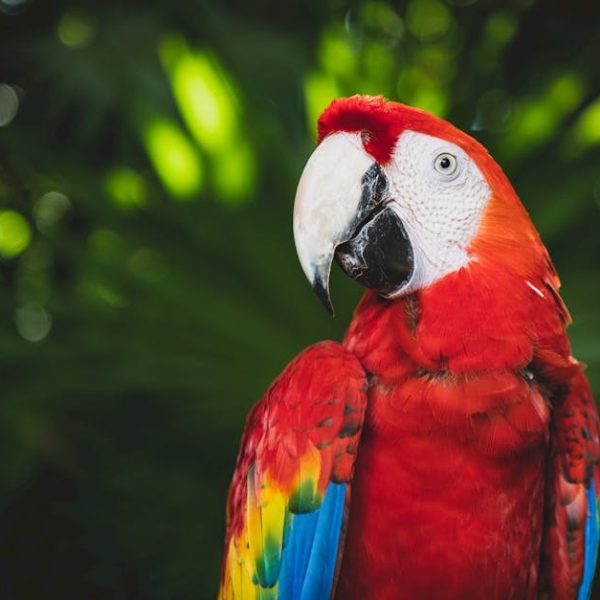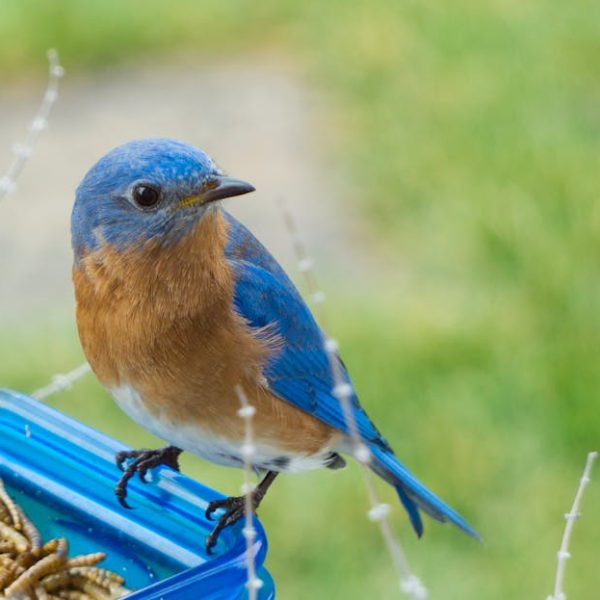Whether you identify yourself as an expert birder or a casual bird-watcher, adding mealworms to your bird feeding routine can be satisfying for you and the birds as well. Mealworms not only attract a range of colorful and fascinating birds but also provide them with crucial nourishment they may not locate in their usual foraging rounds during certain seasons. In this article, we will explore which birds are particularly drawn to these wriggly breakfast treats and how you can use them responsibly to boost your bird sightings.
Understanding Mealworms and Their Attraction for Birds
Mealworms are larvae of the darkling beetle and provide a high amount of protein and fat, useful for birds, particularly in breeding and cold seasons when they need additional energy. Besides, the wriggling motion entices birds, acting like a visual magnet that’s hard to resist.
Here are some reasons why birds love mealworms:
- High protein content: Birds need protein for numerous biological functions like muscle development and feather regeneration.
- Rich in fat: Fat fuels birds’ high metabolic rate and keeps them insulated during cold spells.
- Instant energy: Just like in humans, sugar in mealworms provides birds with instant energy.
- Soft-bodied: The ease with which these can be eaten, especially by chicks and fledgelings, adds to their appeal.
Bird Species Known for Being Attracted to Mealworms
Though many bird species find mealworms irresistible, certain species are particularly enthralled. Here’s a list of some those:
Bluebirds: These colorful avians are infrequent visitors at seed feeders. However, the sight of wiggling mealworms can convert them into regular guests at your bird feeder.
Robins: Robins, being omnivores, relish mealworms. They don’t hesitate to gobble a mouthful and share with their brood.
Sparrows: A hardy bird that is found all around the globe, sparrows enjoy insect mealworms immensely.
The Role of Mealworms in Wild Birds’ Diet
While mealworms provide a nutrient-rich energy boost to birds, an exclusive mealworm diet can be detrimental. It is important to provide a balanced diet to ensure optimal health and wellbeing for the birds.
Use the following checklist to feed them responsibly:
- Use mealworms as part of a varied diet: Incorporate a mix of seeds, nuts, and other insects for a nutritionally balanced meal.
- Avoid excessive feeding: Feeding birds excessively can make them reliant on your food offerings, discouraging natural foraging behavior.
- Pay attention to seasonal needs: Amp up the amount in tough seasons (such as winter and breeding seasons) when natural food is scarce but reduce during warmer months for them to forage naturally.
The world of bird-watching becomes more vibrant when we see our feathered friends thriving. Knowing how to use mealworms responsibly can ensure a fulfilling birdwatching endeavour.
Using Mealworms to Attract Specific Bird Species
You might have guessed by now that using mealworms as a part of your bird feeding regimen can bring interesting bird species up close. Let’s delve into how they can be used effectively to attract specific bird species:
- Use an appropriate feeder: While a plate works well for ground-feeding birds like sparrows, you may need hanged mealworm feeders for species like bluebirds. Easy access to the food will always attract more birds.
- Portion control: Use correct quantities of mealworms to ensure they don’t rot or go waste. Refilling the feeder periodically encourages regular visits from birds.
- Time your meals: Birds like robins and bluebirds prefer mealworm breakfast. Time your feeding schedule in the morning to see them up close.
Pro Tip: Using a feeder with a roof can help keep the mealworms dry in bad weather, preventing them from becoming soggy and unappetizing. It can also prevent unwanted guests like squirrels from feasting on your mealworms.
Alternatives to Mealworms in Bird Feeding
Though mealworms are a fantastic bird food supplement, variety is not only the spice of life, but it’s also beneficial for birds. Alternatives provide nutrients which mealworms lack, ensuring a balanced diet.
Common bird feeding substitutes include:
- Seeds: A classic bird food, seeds cater to a wide variety of bird species. Sunflower seeds, in particular, are rich in oil, making them a favourite.
- Fruits: Fresh fruit, particularly apples, oranges, and grapes, can be an excellent source of essential vitamins.
- Suet: A great source of energy for birds, particularly in winter.
Let’s compare these alternatives with mealworms:
| Type of Food | Nutritional Value | Attractiveness to Birds | Suitability for Winter Feeding |
|---|---|---|---|
| Mealworms | High | High | High |
| Seeds | Medium | High | Medium |
| Fruits | Low | Medium | Low |
| Suet | High | Medium | High |
Feeding wild birds can be a rewarding experience. Understanding their dietary requirements, identifying which species are drawn to mealworms, and how to efficiently use mealworms can improve your bird-watching experience. Blend your feeding alternatives for better results and remember, responsible feeding ensures that nature’s balance is maintained. Enjoy bird-watching!
Key Takeaway:
- Mealworms are a great energy and nutritional supplement for birds, particularly during breeding and cold seasons.
- Specific bird species such as Bluebirds, Robins, and Sparrows show a high attraction to mealworms.
- While mealworms are highly favored, feeding birds an exclusive mealworm diet can be harmful, so they should be a part of a balanced diet.
- Proper feeding techniques and feeder setup can help maintain local ecological balance and attract a variety of bird species.
- Other food options like seeds, fruits, and suet can also be used along with mealworms to provide a balanced diet to the birds.
Through understanding and meeting the dietary needs of birds, you can significantly enhance your bird-watching experience. Remember to be considerate and consider the needs of your feathered friends as well as the local ecosystem. Nature has a lot to offer and bird-watching itself can be a truly rewarding experience.
FAQs
Q: Why are mealworms often suggested as bird feed?
A: Birds are attracted to mealworms due to their high protein and fat content and their wriggling movement. They provide crucial nourishment, especially during breeding and colder seasons.
Q: Can mealworms be the only food source for birds?
A: Although mealworms are nutrient-rich, an exclusive mealworm diet can be detrimental to a bird’s health. It’s advisable to provide a balanced diet, including seeds, nuts, fruits, and other insect varieties.
Q: How can I effectively use mealworms to attract specific bird species?
A: Choosing the right feeder, practicing portion control, and timing your feeding schedule can efficiently attract specific bird species.
Q: Are there any alternatives to mealworms for bird feeding?
A: Seeds, fruits, and suet are viable alternatives to mealworms and can effectively complement mealworm feeding to offer a balanced diet.
Q: Can I feed birds mealworms all year round?
A: While mealworms can be given all year round, it’s recommended to adjust the quantity according to the season. Increase during tough seasons like winter and the breeding season and reduce during warmer months for birds to forage naturally.
Feel free to share this article with your fellow bird-watching enthusiasts and explore more bird-related posts on our website.
